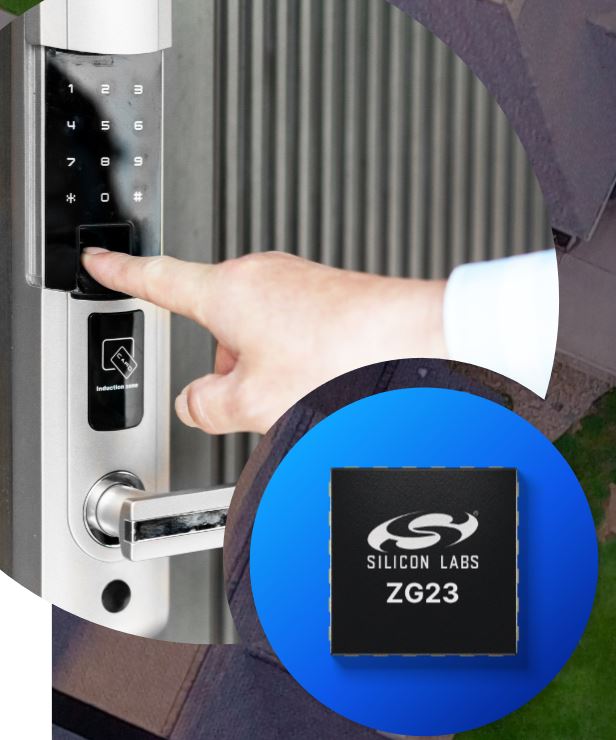When we started moving into the trend of smart home technology, various wireless technologies have been caught in the spotlight, such as Bluetooth, Wi-Fi, Zigbee and Z-Wave. Those names have become familiar to not only the designers, but also the buyers of home automation products. In the most precise way, smart homes is actually connected homes. Image the scene when you want to start the air conditioner in your house while you are on the road. Or you want to check your fridge for inventory when you’re shopping in a grocery store. There are many potential products for smart homes, such as smart mattress, smart flower planters and smart fish tank, etc. The list of smart devices that can be fitted in your smart homes keeps growing. It’s only limited by our imagination. As the market of smart home products keeps growing exponentially, marketing analyzers predict that there will be more than 280 million smart homes in the world by 2022 and a value of more than $141B by 2023. Along with the rapid growth of smart home units, the smart devices in any smart home systems are also increasing, which leads to the requirements of highly reliable, efficient, and secure wireless technologies.
Bluetooth has been reliable and convenient but was limited to its one-on-one protocol until 2017 when Bluetooth Mesh was launched. Wi-Fi is the most widely used protocol by smart devices, such as smartphones, laptops, and tablets. But Wi-Fi is well known for its vulnerability to interference, especially when the number of connected devices increases. Zigbee and Z-Wave are both mesh-networking dependent protocols that provide reliable connection via hopping from node-to-node on a mesh network. The Z-Wave technology has been long used since before the term was created. Z-Wave is a proprietary SoC (System on a Chip) protocol. Compared to the Zigbee wireless technology, Z-Wave uses a lower frequency range than all the other protocols. This feature is a desirable advantage for smart home systems, which require low bandwidth communications between various sensors, switches, and actuators, etc., due the requirements of long battery life. Lone battery life also means low maintenance costs.

With Z-Wave wireless communication, the smart home systems allow devices in the mesh to relay messages to any other devices by hopping between nodes. The Z-Wave technology has a very strict certification process that provides the benefit of much less roadblocks than other solutions. In April 2018, Silicon Labs acquired the Z-Wave protocol established for smart homes from Sigma Designs, including a team of about 100 employees. Today, the Z-Wave technology has gained the reputation of leading mesh networking technology for smart home with traction in more than 2400 certified interoperable Z-Wave devices from more than 700 manufacturers and service providers worldwide. As one of the leaders in IoT (Internet of Things) technology providers in silicon, software and network solutions, Silicon Labs has picked up the momentum in continuous support of the Z-Wave technology for smart homes.

Read more:
https://www.silabs.com/wireless/z-wave
https://www.mouser.com/new/silicon-labs/silabs-zgm130s-z-wave-700-module/



